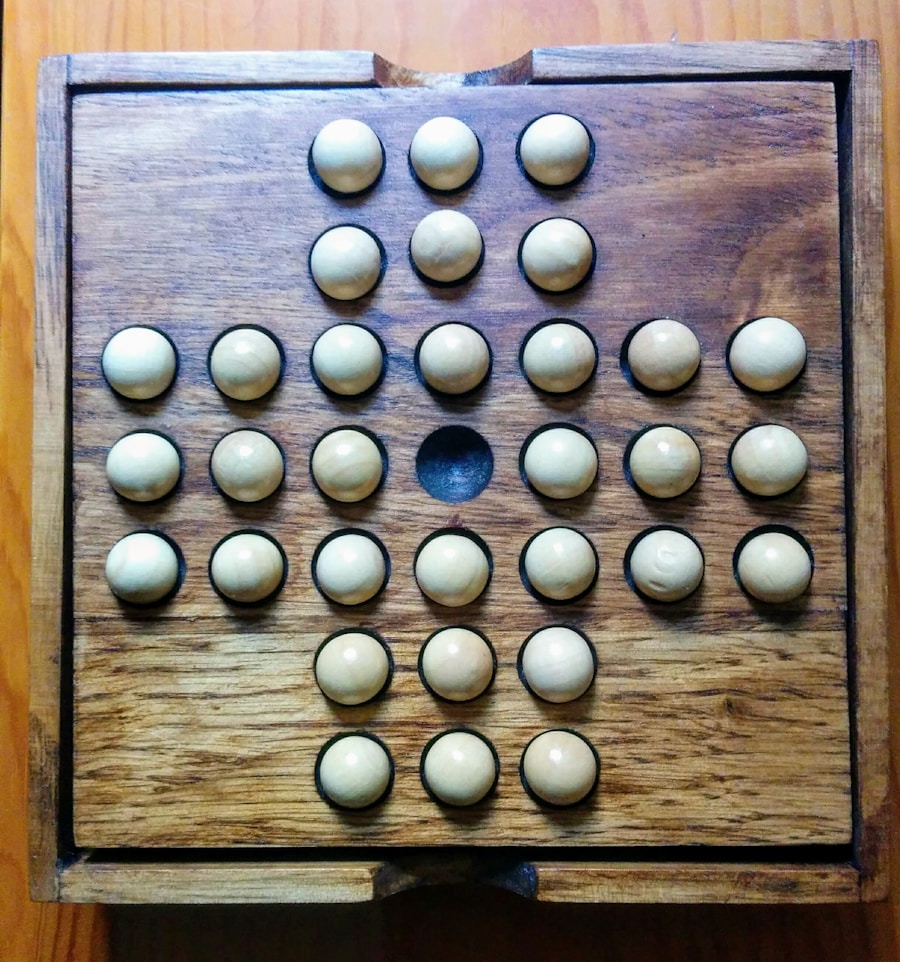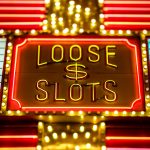Download links
Description
Bingo has a rich and storied history that traces back to 16th-century Italy, where it originated as a lottery game known as “Il Gioco del Lotto d’Italia.” This early version of the game involved players selecting numbers from a pool, with the goal of matching them to those drawn by a caller. The game quickly gained popularity, spreading to France in the 18th century, where it was adapted into a game called “Le Lotto.” In this iteration, players used cards with numbers arranged in a grid format, marking off their selections as numbers were called out. The French version laid the groundwork for what would eventually evolve into the modern game of Bingo.
By the 19th century, Bingo had made its way to the United States, where it was initially known as “Beano.” Players would use dried beans to mark their cards, and the excitement of winning was often punctuated by the shout of “Beano!” when someone completed a row. The game gained traction at fairs and carnivals, but it wasn’t until the 1920s that it truly exploded in popularity. A New York toy salesman named Edwin S.
Lowe recognized the game’s potential and began producing Bingo sets for home use. He also introduced the concept of calling out numbers in a systematic way, which helped standardize the game. By the 1930s, Bingo had become a staple in American culture, often associated with church fundraisers and community gatherings.
As the decades progressed, Bingo continued to evolve. The introduction of electronic Bingo machines in the 1980s transformed the experience, allowing for faster gameplay and larger jackpots. Today, Bingo is played in various formats, from traditional hall games to online platforms that attract millions of players worldwide.
The game’s adaptability has ensured its survival and growth, making it a beloved pastime for people of all ages. Whether played in a community center or through a smartphone app, Bingo remains a vibrant part of social entertainment.
Key Takeaways
- Bingo has a long history, dating back to the 16th century in Italy and evolving into the modern game we know today.
- Bingo is a social activity that brings people together, fosters community, and provides a sense of belonging and camaraderie.
- The thrill of winning at Bingo is undeniable, with the excitement of shouting “Bingo!” and the rush of adrenaline that comes with it.
- There is a wide variety of Bingo games available, from traditional to themed variations, offering something for everyone’s preferences.
- Playing Bingo can have cognitive benefits, improving mental agility, concentration, and memory skills.
- To maximize enjoyment and success at Bingo, it’s important to stay focused, manage your cards effectively, and most importantly, have fun!
The Social Aspect of Bingo: How it brings people together and fosters community
The Communal Aspect of Bingo
The traditional settings of Bingo, such as halls filled with players, showcase its communal aspect. These gatherings often transcend mere gameplay, creating an environment where friendships are forged and strengthened. Players eagerly await their chance to win while sharing laughter and camaraderie.
Bingo as a Social Connector
For many participants, attending Bingo nights becomes a cherished ritual, providing an opportunity to connect with others who share similar interests. The social dynamics of Bingo are particularly beneficial for older adults, who may face isolation or loneliness. Community centers and senior living facilities often host Bingo nights specifically designed to encourage social interaction among residents.
Bingo in the Digital Age
Moreover, Bingo has adapted to modern social trends by embracing technology. Online Bingo platforms have emerged, allowing players to connect with others from around the globe. Virtual Bingo games often include chat features that enable players to interact in real-time, replicating the social experience of traditional halls. This evolution has expanded the reach of Bingo, making it accessible to individuals who may not have local opportunities to participate. Whether in-person or online, Bingo continues to be a powerful tool for building community and fostering connections among diverse groups of people.
The Excitement of Winning: Exploring the thrill of shouting “Bingo!”

The thrill of winning at Bingo is an experience unlike any other, characterized by an exhilarating rush that comes with the moment someone shouts “Bingo!” This simple exclamation encapsulates not just the joy of victory but also the culmination of anticipation and hope that builds throughout the game. As numbers are called out one by one, players meticulously scan their cards, their hearts racing with each new announcement. The atmosphere is charged with excitement; players lean forward in their seats, eyes darting across their cards as they hope for that one final number that will complete their winning combination.
Winning at Bingo can evoke a range of emotions—from sheer elation to disbelief. For many players, especially those who have been participating for a while without success, finally achieving that coveted win can feel like a monumental achievement. The communal aspect amplifies this excitement; when one player wins, others often join in the celebration, clapping and cheering for their fellow participant.
This shared joy enhances the overall experience and reinforces the social bonds formed during gameplay. The stakes can also elevate the thrill of winning. Many Bingo games offer substantial prizes, ranging from cash rewards to luxury items or even vacations.
The prospect of winning something significant adds an extra layer of excitement to each game. Players often strategize about which games to enter based on prize offerings or jackpot sizes, further intensifying their engagement with the game. The combination of chance and strategy creates an electrifying atmosphere that keeps players coming back for more.
The Variety of Bingo Games: From traditional to themed variations
| Bingo Game Type | Description |
|---|---|
| Traditional Bingo | The classic version of bingo with 75 or 90 numbers and standard bingo cards. |
| Speed Bingo | A faster-paced version of bingo with fewer numbers called and quicker games. |
| Themed Bingo | Bingo games with themes such as holidays, seasons, or popular TV shows. |
| Pattern Bingo | Players must match a specific pattern on their bingo card to win, rather than a full line. |
| Electronic Bingo | Bingo played on electronic devices such as tablets or computers, often with interactive features. |
Bingo has evolved far beyond its traditional roots, giving rise to a plethora of variations that cater to diverse interests and preferences. While classic 75-ball and 90-ball Bingo remain popular staples in many communities, themed variations have emerged to attract new audiences and keep the game fresh and exciting. These themed games often incorporate unique elements that resonate with specific demographics or cultural trends.
For instance, themed Bingo nights centered around holidays such as Halloween or Christmas have become increasingly popular. During these events, players might find themselves marking off festive symbols instead of traditional numbers—think candy canes or pumpkins—while enjoying seasonal decorations and themed refreshments. Such variations not only enhance the gameplay experience but also create an immersive atmosphere that encourages participants to embrace the spirit of the occasion.
Online platforms have further expanded the variety of Bingo games available to players. Many websites offer innovative twists on traditional gameplay, such as speed Bingo or progressive jackpot games that increase in value until someone wins. Additionally, some platforms incorporate popular culture references into their games—think Bingo based on popular TV shows or movies—allowing fans to engage with their favorite franchises while enjoying the thrill of competition.
This adaptability ensures that Bingo remains relevant and appealing across generations.
The Benefits of Bingo: How it can improve cognitive skills and mental agility
Engaging in Bingo offers more than just entertainment; it can also provide significant cognitive benefits that contribute to mental agility and overall brain health. The game requires players to employ various cognitive skills simultaneously—such as attention, memory, and pattern recognition—as they track numbers being called while scanning their cards for potential matches.
Research has shown that activities like Bingo can be particularly beneficial for older adults seeking to maintain cognitive health as they age. Studies indicate that regular participation in mentally stimulating activities can help reduce the risk of cognitive decline and conditions such as dementia.
Moreover, playing Bingo can improve hand-eye coordination and fine motor skills as players mark their cards with pens or daubers. This physical engagement complements the mental challenges posed by the game, creating a holistic experience that promotes overall cognitive health. As players become more adept at quickly identifying numbers and marking their cards accurately, they enhance their reflexes and coordination—skills that are valuable in various aspects of life.
Tips for Enjoying Bingo: Strategies for maximizing fun and success at the game

To fully enjoy the experience of playing Bingo while maximizing chances for success, players can adopt several strategies that enhance both gameplay and enjoyment. One key tip is to choose games wisely based on personal preferences and skill levels. For beginners or those looking for a more relaxed experience, starting with traditional formats like 75-ball or 90-ball Bingo can be beneficial.
These games typically have straightforward rules and allow players to familiarize themselves with gameplay dynamics before exploring more complex variations. Another important strategy is to manage card selection effectively. Players should consider how many cards they can realistically handle without becoming overwhelmed.
While having multiple cards can increase chances of winning, it can also lead to missed opportunities if players struggle to keep track of all their cards simultaneously. Finding a balance between quantity and manageability is crucial for maintaining focus during gameplay. Additionally, staying engaged with fellow players can enhance the overall experience.
Whether playing in-person or online, interacting with others fosters a sense of community and camaraderie that enriches gameplay. Sharing tips, celebrating wins together, or simply enjoying lighthearted banter can make each session more enjoyable. Embracing the social aspect of Bingo not only enhances personal enjoyment but also contributes to a vibrant atmosphere that keeps players coming back for more.
In conclusion, whether one is drawn by its historical significance, social connections, thrilling wins, diverse variations, cognitive benefits, or simply the joy of playing with friends and family, Bingo remains an enduring favorite across generations. Its ability to adapt while retaining its core essence ensures that it will continue to be a beloved pastime for years to come.
FAQs
What is bingo?
Bingo is a game of chance in which players mark off numbers on cards as the numbers are drawn randomly by a caller. The first player to mark off a predetermined pattern of numbers wins the game.
How is bingo played?
Players are each given a bingo card with a grid of numbers. A caller randomly selects numbers and announces them to the players. Players mark off the numbers on their cards, and the first player to complete a specific pattern (such as a line, four corners, or blackout) wins a prize.
What are the common variations of bingo?
Common variations of bingo include 75-ball bingo, 90-ball bingo, and speed bingo. Each variation has its own rules and patterns for winning.
Where is bingo commonly played?
Bingo is commonly played in dedicated bingo halls, community centers, and online. It is also a popular game at fundraisers, social events, and retirement communities.
Is bingo considered a form of gambling?
Bingo is often considered a form of gambling, as it involves the risk of losing money in hopes of winning a prize. However, in some jurisdictions, bingo is exempt from certain gambling regulations due to its social and charitable nature.
What are the potential benefits of playing bingo?
Playing bingo can provide social interaction, cognitive stimulation, and entertainment for players. It is also commonly used as a fundraising activity for charitable organizations.





